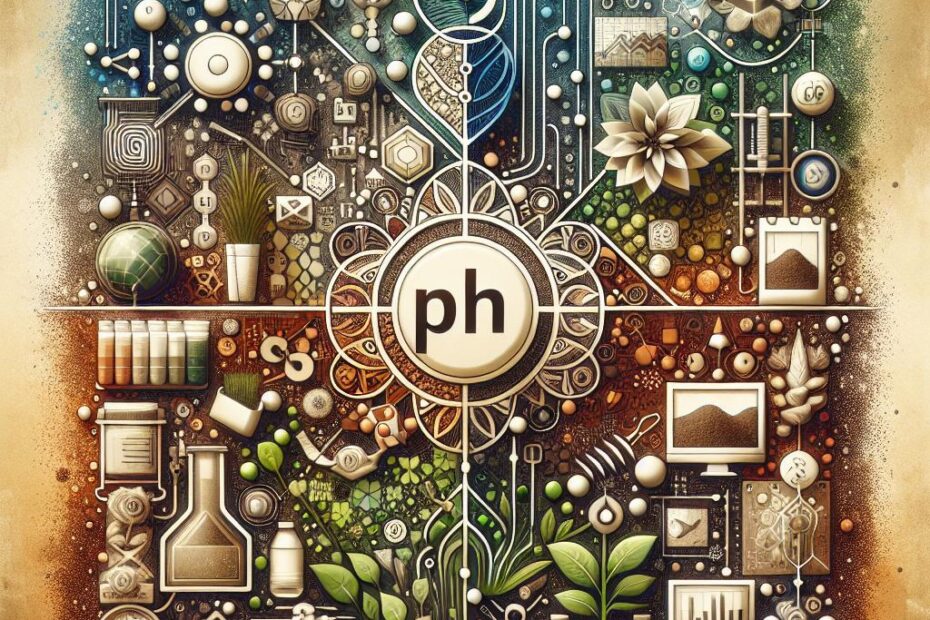Title: What is the pH of Potting Soil: A Complete Guide
Introduction:
Potting soil is a crucial component in gardening, providing plants with the nutrients and support they need to thrive. One important factor to consider when choosing potting soil is its pH level, as this can have a significant impact on plant growth and overall health. In this article, we will explore what pH is, why it is important in potting soil, and how to measure and adjust the pH of your potting mix for optimal plant growth.
What is pH?
pH is a measure of the acidity or alkalinity of a substance, ranging from 0 to 14 on the pH scale. A pH of 7 is considered neutral, while values below 7 are acidic and values above 7 are alkaline. Different plants have different pH preferences, so it is essential to consider the pH of your potting soil to ensure your plants are getting the right balance of nutrients.
The pH of Potting Soil:
The ideal pH range for most plants is between 5.5 and 7.5, with some plants preferring slightly acidic soil and others preferring slightly alkaline soil. Potting soil that is too acidic or too alkaline can result in nutrient deficiencies, poor plant growth, and even plant death. Therefore, it is crucial to test the pH of your potting mix and make any necessary adjustments.
How to Measure pH:
You can measure the pH of your potting soil using a pH meter or pH test strips, which are readily available at gardening stores. Simply follow the instructions provided with the pH meter or test strips to obtain an accurate pH reading of your potting mix.
Adjusting pH:
If your potting soil is too acidic, you can raise the pH by adding lime or dolomite to the mix. Conversely, if your potting soil is too alkaline, you can lower the pH by adding sulfur or aluminum sulfate. It is essential to follow the recommended application rates for these amendments to avoid overcorrection.
Benefits of Proper pH:
Maintaining the proper pH in your potting soil can have numerous benefits for your plants, including:
- Improved nutrient uptake
- Healthy plant growth
- Increased flower and fruit production
- Disease resistance
Practical Tips:
Here are some practical tips for maintaining the pH of your potting soil:
- Test the pH of your potting mix regularly, especially if you notice any signs of nutrient deficiencies in your plants.
- Use pH-adjusting amendments sparingly and follow the recommended application rates.
- Choose potting soil that is specifically formulated for the type of plants you are growing, as different plants have different pH preferences.
Conclusion:
In conclusion, the pH of potting soil plays a crucial role in plant health and growth. By understanding the pH preferences of your plants and regularly testing and adjusting the pH of your potting mix, you can create an optimal growing environment for your plants. Remember to use pH meters or test strips to measure the pH accurately and follow the recommended guidelines for adjusting the pH of your potting soil. With proper pH management, you can enjoy lush, healthy plants that thrive in your garden.
By following the guidelines outlined in this article, you can ensure that your plants have the right pH levels, leading to healthy growth and vibrant blooms. So, test the pH of your potting soil today and make any necessary adjustments to create the perfect environment for your beloved plants.
Case Study:
Below is a table showing the pH preferences of some common plants:
| Plant | Preferred pH Range |
|---|---|
| Tomatoes | 6.0-6.8 |
| Blueberries | 4.5-5.5 |
| Roses | 6.0-6.5 |
| Peppers | 5.5-6.0 |
| Spinach | 6.5-7.5 |
Remember to research the specific pH preferences of the plants you are growing to ensure they are getting the right balance of nutrients in your potting soil. Happy gardening!
